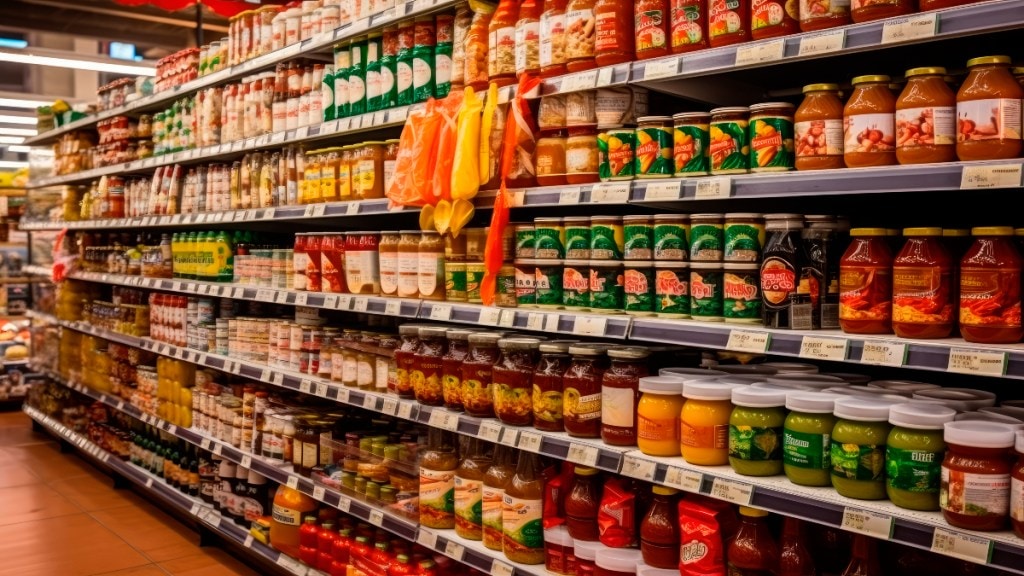The fast-moving consumer goods (FMCG) sector, which has been banking on strong rural demand and signs of urban recovery, may face challenges this summer with unseasonal rains across parts of India in April and May. An early onset of monsoon is expected to dent sales of seasonal categories like soft drinks, ice creams, skincare, and talcum powders—products typically in high demand during peak summer months.
Earlier on April 15, the Indian Meteorological Department (IMD) forecasted a 59 per cent chance of an above-normal 2025 southwest monsoon. IMD predicted that rainfall from June through September will likely reach 105 per cent of the long-period average (LPA).
Early monsoon a dampener for FMCG
An analysis report by Anand Rathi maintained that early onset of monsoon could be a drag for a few manufacturers of summer range with heavy exposure to these segments. The brokerage firm said that the monsoon has rekindled optimism among FMCG companies, particularly those eyeing rural demand growth on expectations of better crop yields and improved liquidity in these areas. However, for beverage manufacturers, air-conditioner makers, and other summer product companies, the cooler-than-expected weather has dampened summer demand which has led to unsold inventory and missed sales targets.
With the thunderstorms and rains being experienced in May, Nuvama said, “Companies are cutting production of summer products such as ACs, beverages and talcum powders by up to 25 per cent due to weak sales and excess inventory, following unexpected weather changes and an early monsoon forecast.”
Overall sales in April-May, it added, have slid 10-15 per cent on-year. Specific to ice creams, sales dropped by up to 10 per cent, particularly in the southern and western regions of the country. This is expected to impact summer sales over H1FY26, Nuvama said.
Meanwhile, the arrival of early monsoon is expected to boost consumption of soaps, shampoos and packaged foods in rural areas, which are outgrowing urban. Furthermore, per the Nuvama report, demand for decorative paints is likely to remain subdued in H1FY26 due to an earlier-than-expected monsoon. “It is largely a case of deferred demand rather than lost demand,” it said.
In contrast, companies such as Varun Beverages, Emami, United Breweries and Tata Consumer face time sensitive summer demand, which, once missed, is difficult to recover.
Volume growth slows, but pricing supports value expansion
While weather remains a key disruptor, performance in Q4FY25 shows other dynamics at play. During Q4FY25, according to Anand Rathi, the FMCG sector’s value growth stood at 10.7 per cent on-year which was marginally better than the 10.6 per cent reported in Q3. However, volume growth slowed to 5.1 per cent from 7.1 per cent a quarter earlier. The difference, it added, was made up by pricing growth, which rose to 5.6 per cent from 3.3 per cent. Interestingly, unit sales outpaced volume growth, indicating a clear consumer tilt towards smaller pack sizes—likely a response to inflation and tighter budgets.
In terms of regions, rural markets grew much faster than urban ones for the fourth quarter in a row, with rural volumes rising 8.4 per cent, almost four times more than urban growth of 2.6 per cent. Most companies are seeing better demand in rural areas, while urban markets remain slow but are expected to improve gradually.
Digital channels shine
FMCG companies, meanwhile, are seeing growing traction from e-commerce and quick-commerce (Q-commerce) platforms. As per Nielsen data, e-commerce sales grew by 40 per cent on-year in Q4 in the top eight metro cities, outpacing modern trade and traditional retail. This shift is prompting companies to introduce digital-first, premium, and customized products that cater to evolving consumer preferences in online channels.
Growth outlook
Anand Rathi reviewed 11 FMCG companies that showcased Q4 revenue growth of 6 per cent, up from 4 per cent in Q3 and around 5 per cent in FY24. Most companies, it added, are hopeful about stronger growth ahead, driven by rising rural demand, wider distribution, and new product launches. FMCG revenue growth is expected to gradually improve to 8 per cent in FY26, mainly due to higher volumes. While urban demand is still slow but may pick up from Q2FY26.
In the discretionary segment, Q4 revenue for paint companies fell 1 per cent which is forecasted to register 8 per cent growth in FY26. Alcobev firms, which saw a 11 per cent growth in Q4 is expected to grow by 11 per cent in FY26.

